As one of the biggest tech companies in the world, Amazon has access to resources in the artificial intelligence (AI) and machine learning space that few other ecommerce companies do — and they’re making use of it.
In September 2018, Amazon launched a new product (and section of their website) called Scout that leverages that ever-expanding world of AI and machine learning.
What is Amazon Scout?
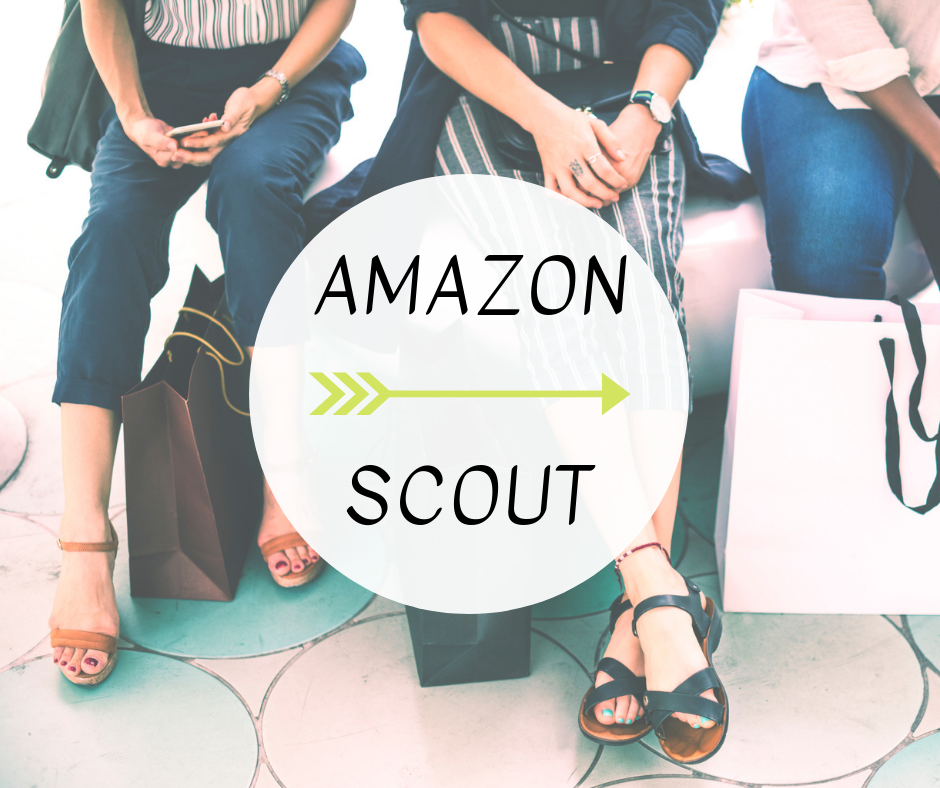
Amazon Scout uses machine learning to recommend specific products to shoppers based on their likes and dislikes.
Currently still being tested, Scout provides recommendations in the categories of home furnishings, decor, and women’s shoes, with more categories coming soon.
In a statement shared with CNBC, an Amazon spokesperson stated, “This is a new way to shop, allowing customers to browse millions of items and quickly refine the selection based solely on visual attributes.”
How does Amazon Scout work?

Scout aims to make the Amazon browsing experience more personalized. As of January 2018, Amazon listed over 560 million products on their site, a number that has no doubt grown over the past year.

Their huge product catalog has led to criticisms that, while Amazon is a great place to buy things if you know exactly what you’re looking for, the browsing experience leaves a lot to be desired.
With so many products, it can be frustrating and time-consuming to browse an entire product category because you’ll “know it when you see it.”
So how does Scout counter these criticisms?
The tool shows shoppers a variety of products in their chosen category, then asks them to like or dislike (thumbs up or thumbs down) each one.
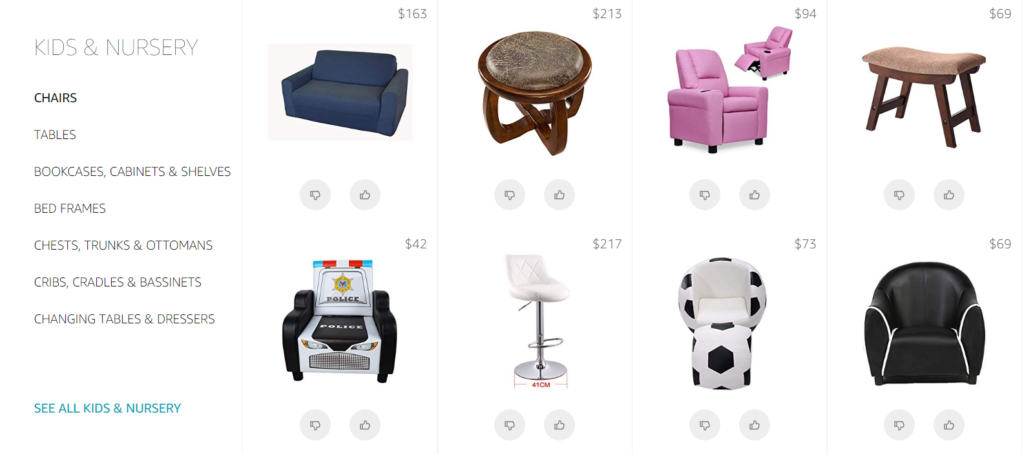
As shoppers judge each product, the tool uses machine learning to analyze user input, then automatically shows new products based on their choices.
This provides a more curated feed of products rather than one might find just by searching, say, “bathroom mirror,” which yields over 5,000 results.
By taking in this user input, to hone the offerings displayed until they’re all interesting to the customer. The service is currently available in highly visual categories like furniture and home decor, and Amazon says more categories including handbags and apparel are coming soon.
Scout also allows shoppers to filter by a variety of options, including price, color, style, fabric, material, average review, and whether the product in question qualifies for Prime shipping.
For Amazon, Scout represents yet another step away from traditional search and online shopping while collecting even more data on consumers’ habits and preferences.
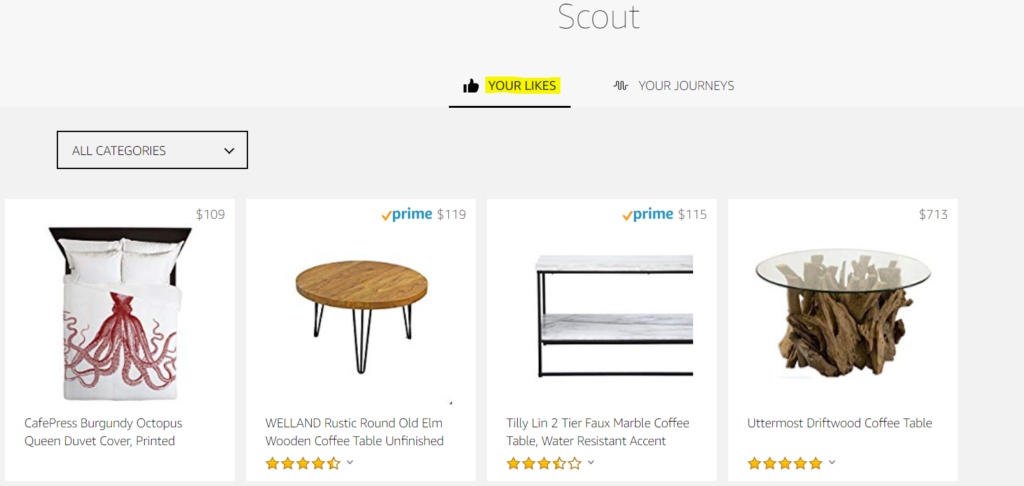
A spokesperson said that with the introduction of Scout, Amazon is trying to “free people from the need to use words to describe what they’re looking for when shopping in highly visual categories.”
Because of the AI technology and Pinterest-style visual feed, users can browse Amazon’s offerings completely text-free — which stands in stark contrast to Amazon’s Echo home assistant devices, which allow consumers to shop using nothing but their words in the form of voice commands.
The Rise of AI-Powered Search
Amazon Scout is just one recent innovation that leverages AI and machine learning to provide a more curated shopping experience.
Visual search is another, broader version of a similar concept: shoppers simply snap and upload a picture, then AI works its magic to come up with where to buy the product — or a similar one — across multiple sites and retailers in just a click.
One example is Google Lens, which allows mobile users to snap a photo of a product in pretty much any visual category — clothes, shoes, furniture, home decor — then find (and buy!) similar styles through Google Shopping, right from their smartphone.
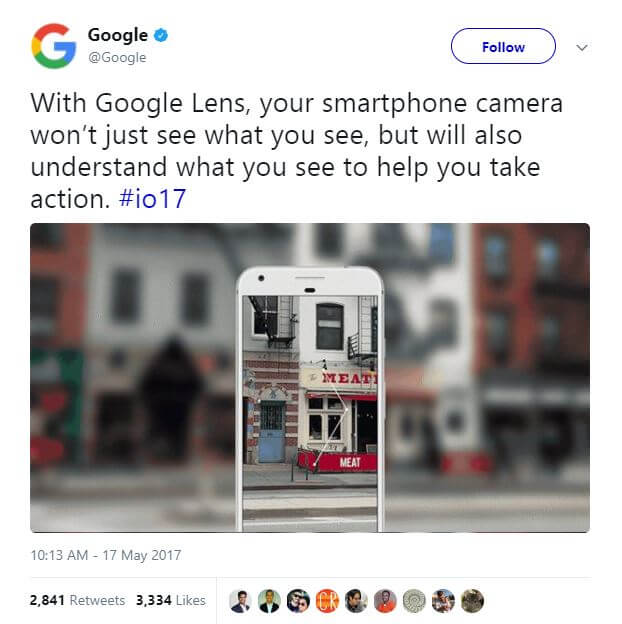
Like Amazon Scout, this is a move toward allowing shoppers to find exactly what they’re looking for without having to enter different combinations of keywords over and over.
Amazon tested a similar visual search with Snapchat in September of 2018 — around the same time they launched Scout.
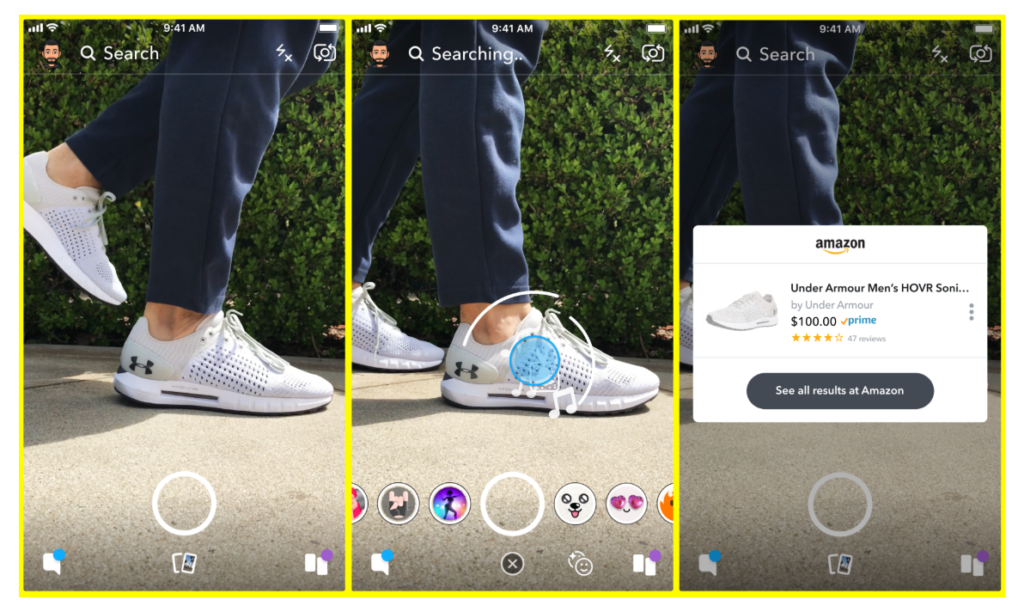
Similarly, Pinterest’s Shop the Look feature allows users to select certain parts of a pinned image to find similar products, while their Lens feature uses AI technology and the camera of the Pinterest App to search for visually similar pins.

The success of the latter proves that visual search is more than just up-and-coming: searches on Lens increased 140% year-over-year between February 2017 and 2018.
To benefit from the rise in visual search, ecommerce businesses should make sure that their product photos are high quality and up-to-date.
From Amazon Scout to Google to Pinterest and beyond, visual and AI-powered search is becoming more and more common, making it easier for shoppers to find and buy what they want when they want — no typing required.
For more information on Amazon Scout, email [email protected]
You Might Be Interested In












